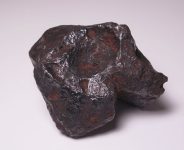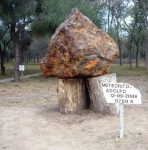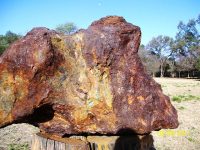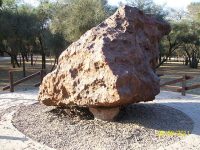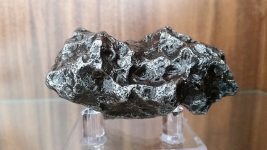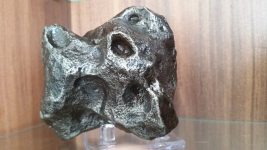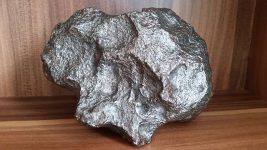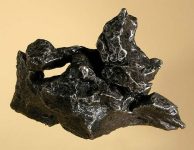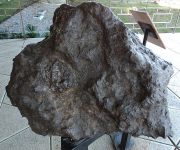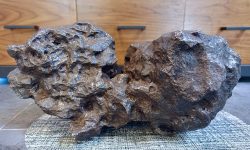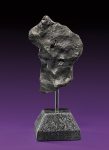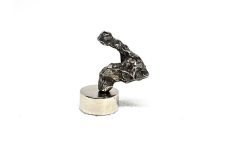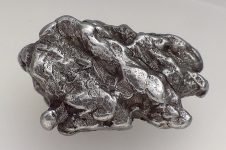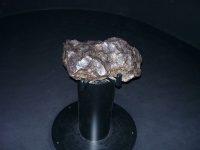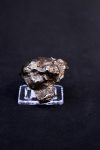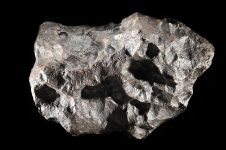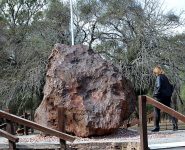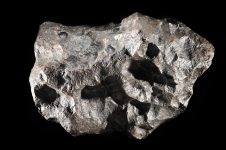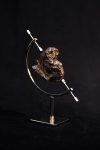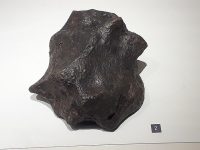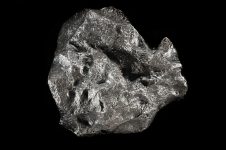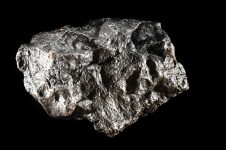Campo Del Cielo
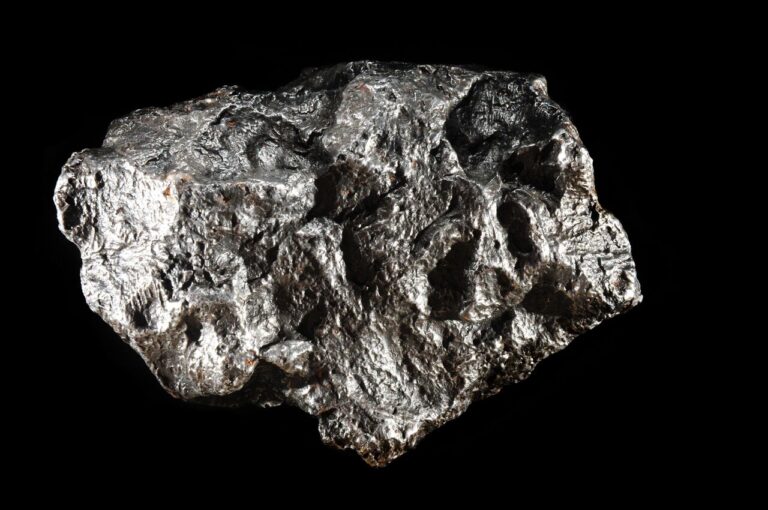
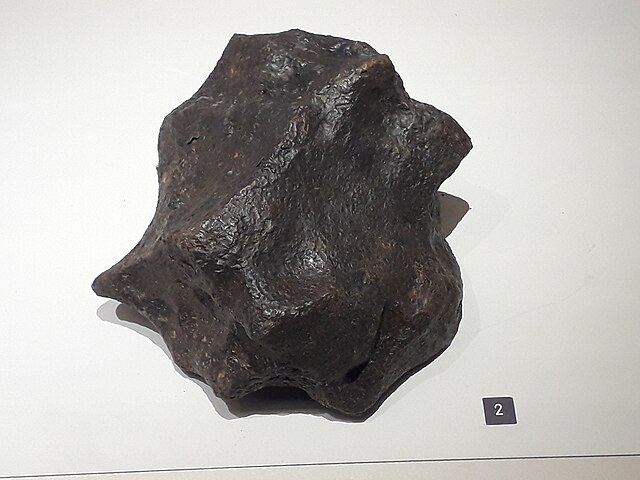
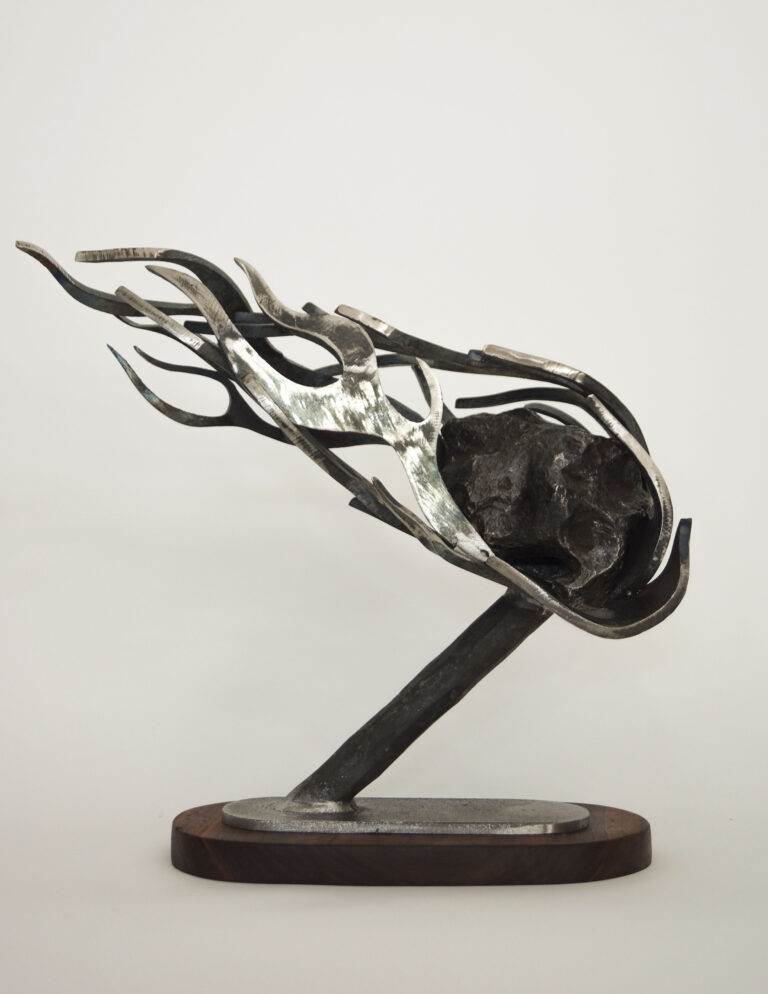
Campo Del Cielo
The Campo del Cielo meteorite is one of the most significant and well-known meteorite falls in history. Discovered in the Gran Chaco Gualamba region of Argentina, this iron meteorite has provided valuable insights into the composition and formation of metallic bodies in the solar system. The name “Campo del Cielo,” which translates to “Field of Heaven,” aptly reflects the celestial origin of these fascinating extraterrestrial fragments.
Discovery and History
The Campo del Cielo meteorite was first documented by Spanish explorers in the 16th century. However, indigenous people had known about the iron masses long before the arrival of Europeans. The Spanish explorers initially believed the metal to be a source of valuable resources and reported their findings to the Spanish crown.
Early Documentation
In 1576, Captain Hernán Mexía Mirabal documented the presence of large iron masses in the region. Subsequent expeditions by other Spanish explorers, including the notable accounts by Miguel Rubín de Celis in 1783, further confirmed the existence of these meteorites.
Composition and Structure
The Campo del Cielo meteorite is classified as an iron meteorite, specifically belonging to the IAB complex. It is primarily composed of iron and nickel, with trace amounts of other elements.
Iron-Nickel Alloy
The primary constituents of the Campo del Cielo meteorite are iron (about 92%) and nickel (about 6.7%). This iron-nickel alloy, known as kamacite and taenite, forms the bulk of the meteorite’s structure. The high nickel content is a distinguishing feature of iron meteorites and is indicative of their extraterrestrial origin.
Trace Elements
In addition to iron and nickel, the Campo del Cielo meteorite contains trace amounts of elements such as cobalt, phosphorus, sulfur, and carbon. The presence of these elements provides insights into the conditions and processes that occurred during the meteorite’s formation in the early solar system.
Widmanstätten Patterns
One of the most striking features of the Campo del Cielo meteorite is the presence of Widmanstätten patterns. These patterns are formed by the intergrowth of kamacite and taenite and are revealed when the meteorite is etched with acid. The geometric patterns are unique to iron meteorites and result from slow cooling in the parent body’s core.
Impact Crater and Distribution
The Campo del Cielo meteorite fall created a series of impact craters in the Gran Chaco region. The largest crater is approximately 115 meters in diameter and 5 meters deep, with several smaller craters surrounding it.
Crater Formation
The impact event that created the Campo del Cielo craters occurred approximately 4,200 to 5,000 years ago. The high-velocity impact of the meteorite fragments with the Earth’s surface caused the formation of these craters. The distribution of the craters suggests that the meteorite fragmented upon entry into the Earth’s atmosphere, with pieces scattering over a wide area.
Meteorite Distribution
The Campo del Cielo meteorite fragments are distributed across an area of about 60 square kilometers. Numerous large fragments have been recovered, with some weighing several tons. The largest fragment, known as “El Chaco,” weighs approximately 37 tons and is one of the heaviest meteorites ever discovered.
Scientific Significance
The Campo del Cielo meteorite is of immense scientific importance due to its well-preserved state and the wealth of information it provides about iron meteorites and planetary formation.
Insights into Iron Meteorites
The study of the Campo del Cielo meteorite has contributed significantly to the understanding of iron meteorites. The analysis of its composition and structure provides clues about the differentiation and cooling processes that occurred in the parent body’s core. The presence of Widmanstätten patterns, in particular, offers valuable information about the slow cooling rates and the thermal history of iron meteorites.
Clues about Early Solar System
The Campo del Cielo meteorite, like other iron meteorites, originated from the core of a differentiated asteroid that formed early in the solar system’s history. By studying these meteorites, scientists can gain insights into the processes of planetary differentiation, core formation, and the early conditions of the solar nebula.
Extraterrestrial Impacts
The impact craters formed by the Campo del Cielo meteorite provide a unique opportunity to study the effects of extraterrestrial impacts on the Earth’s surface. The distribution and morphology of the craters offer valuable data for understanding the dynamics of impact events, including fragmentation, energy dissipation, and crater formation.
Cultural and Historical Impact
The Campo del Cielo meteorite has had a significant cultural and historical impact, particularly in Argentina. The meteorite has been the subject of folklore and legend among indigenous peoples and later became a focus of scientific curiosity and exploration.
